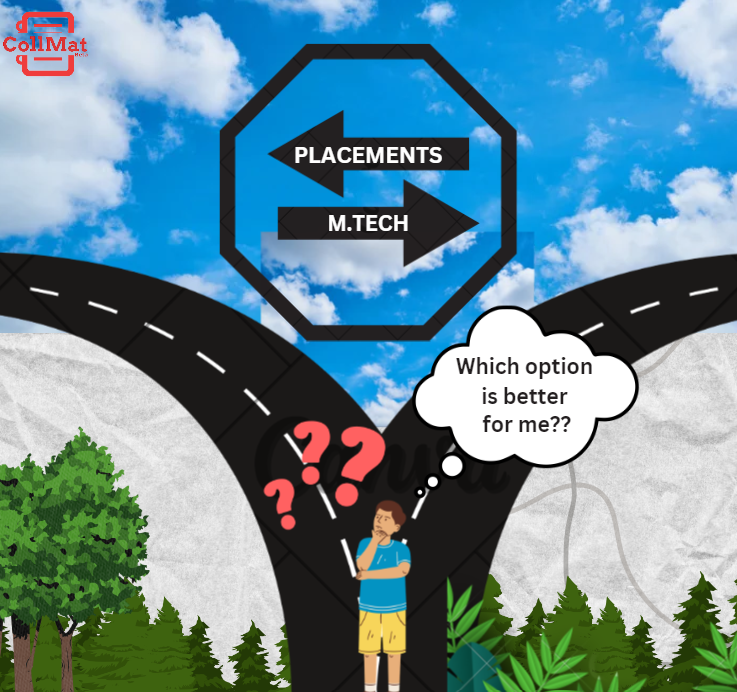In the digital age, the integration of technology into various facets of our lives has become inevitable. Governments around the world are no exception, as they strive to enhance efficiency, transparency, and accessibility in their administrative processes. Electronic Governance, or e-governance, is the application of information and communication technology (ICT) to transform traditional government systems into more streamlined, citizen-centric, and responsive models. This article explores the concept of e-governance, its key components, benefits, challenges, and its impact on public administration.
Photo by Glenn Carstens-Peters on Unsplash
Key Components of e-Governance
1. Digital Infrastructure
The foundation of e-governance lies in robust digital infrastructure. This includes high-speed internet connectivity, secure data storage, and the development of digital platforms that facilitate seamless communication between the government and its citizens.
2. Online Service Delivery
One of the primary goals of e-governance is to provide government services online, reducing the need for citizens to visit physical offices. This includes services such as applying for permits, paying taxes, obtaining official documents, and more, all accessible through web portals or mobile applications.
3. Data Security and Privacy

As governments digitize their services, ensuring the security and privacy of citizens’ data becomes paramount. Implementing robust cybersecurity measures and adhering to data protection regulations are crucial components of e-governance initiatives.
4. Citizen Outreach
E-Governance aims to make government processes more citizen-centric. Citizen engagement platforms, such as online feedback forms, discussion forums, and social media integration, empower citizens to actively participate in decision-making processes and provide valuable input.
Challenges of e-Governance
The infusion of technology through e-Governance promises unprecedented efficiency, transparency, and citizen engagement. However, this digital revolution in public administration is not without its share of challenges. As governments prefer digital transformation, they are soon flooded with issues ranging from bridging the digital divide to safeguarding sensitive citizen data against cyber threats. Let’s see the multifaceted challenges faced by e-Governance initiatives, recognizing that overcoming these hurdles is crucial for realizing the full potential of a digitally empowered and citizen-centric governance model.
Digital Divide and security concerns
The digital divide, characterized by disparities in access to technology, poses a challenge to ensuring that e-governance benefits all citizens. Efforts must be made to bridge this gap through digital literacy programs and infrastructure development. As governments handle sensitive citizen data, the risk of cyber threats and data breaches increases. Implementing robust cybersecurity measures is crucial to safeguard against these risks.
Legal and Regulatory Issues and the Resistance to Change
The transition from traditional to digital governance may face resistance from both government employees and citizens accustomed to conventional methods. Effective change management strategies are essential to cope-up with this challenge. Developing and implementing comprehensive legal frameworks and regulations that address issues related to data protection, privacy, and cybersecurity is a complex task but vital for the success of e-governance initiatives.
Technological Obsolescence
Rapid advancements in technology mean that e-Governance systems must be continually updated to avoid becoming obsolete. Governments need to invest in maintaining and upgrading their digital infrastructure regularly.
E-Governance represents a transformative approach to public administration, leveraging technology to enhance government efficiency, transparency, and citizen engagement. While challenges exist, the potential benefits far outweigh them. As governments worldwide continue to invest in digital transformation, the realization of more effective, responsive, and citizen-centric governance becomes increasingly achievable. Embracing e-governance is not just a trend but a necessity in the evolving landscape of public administration.









